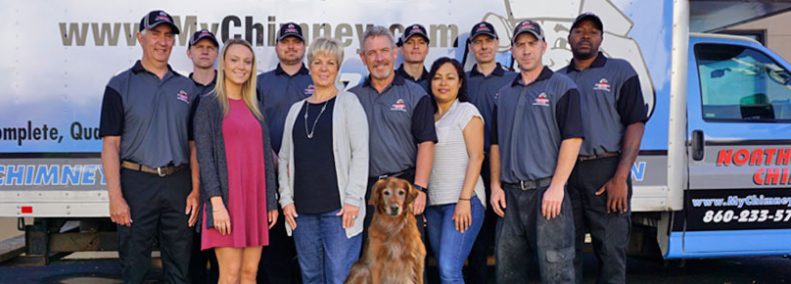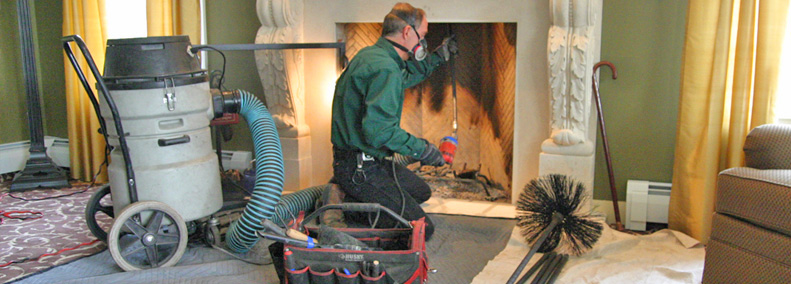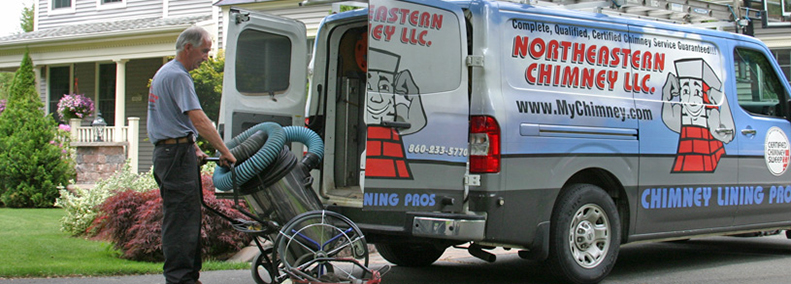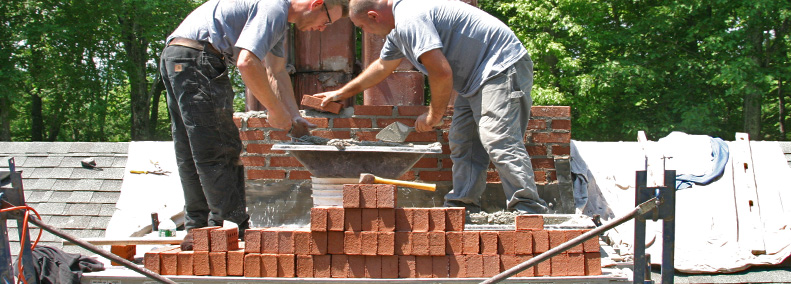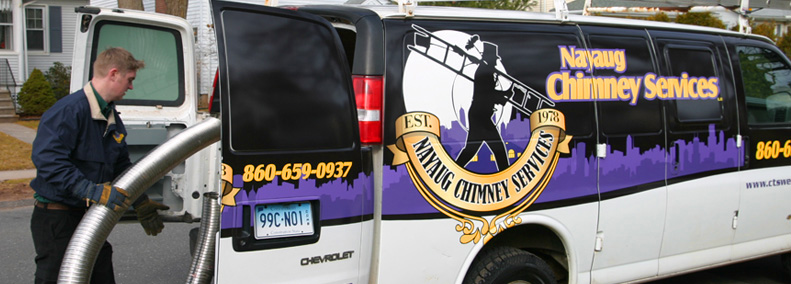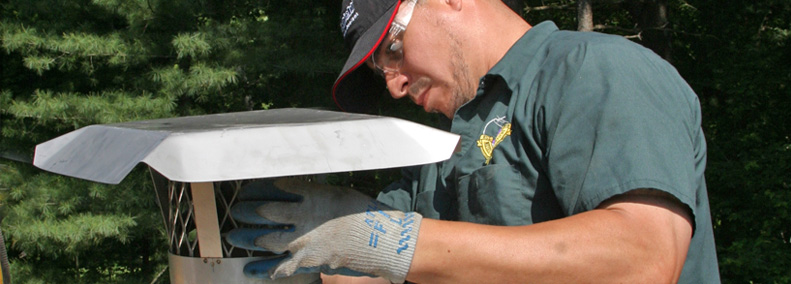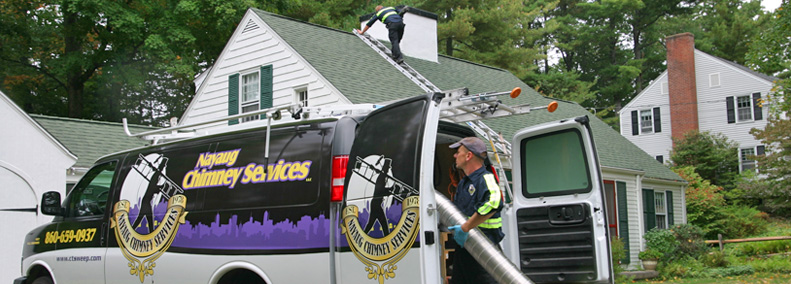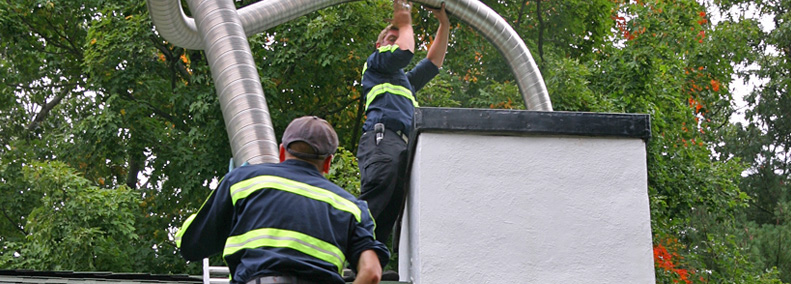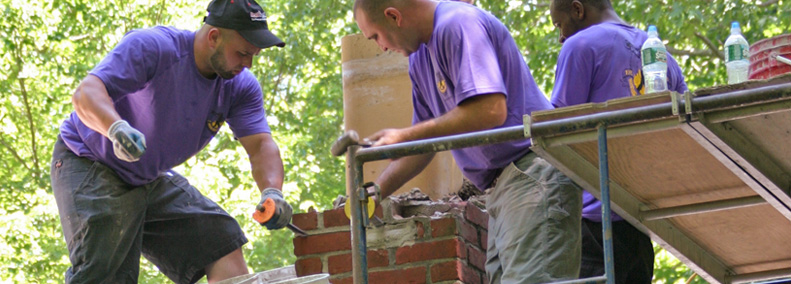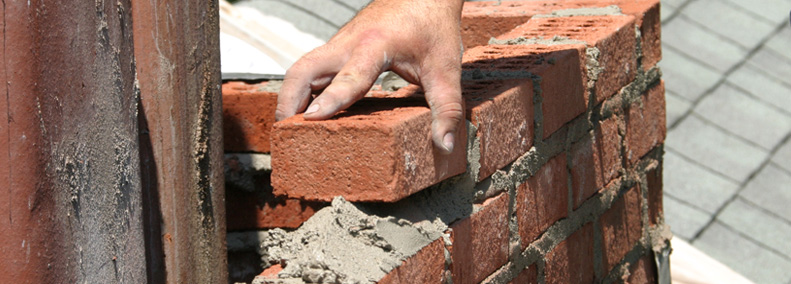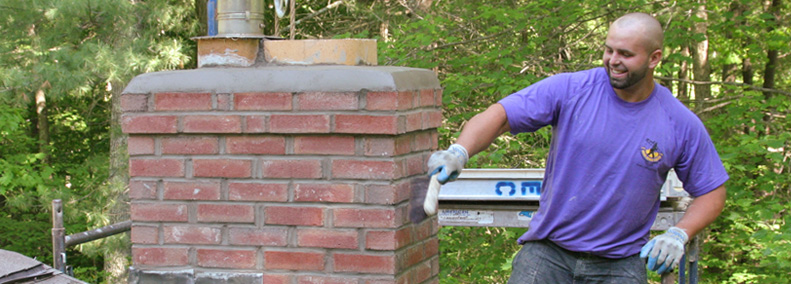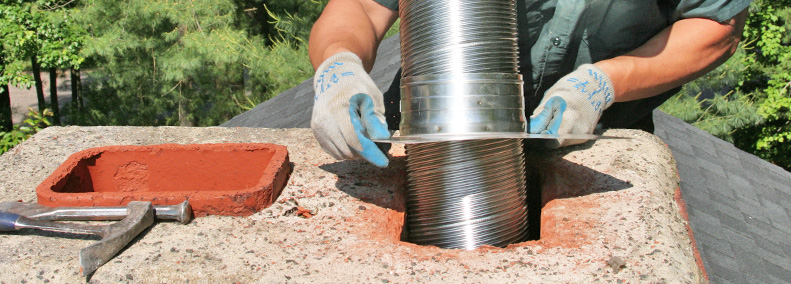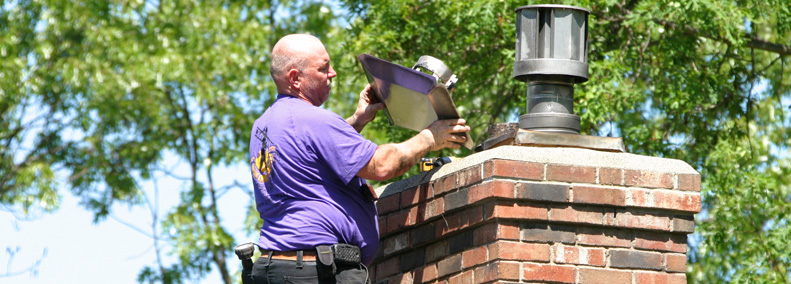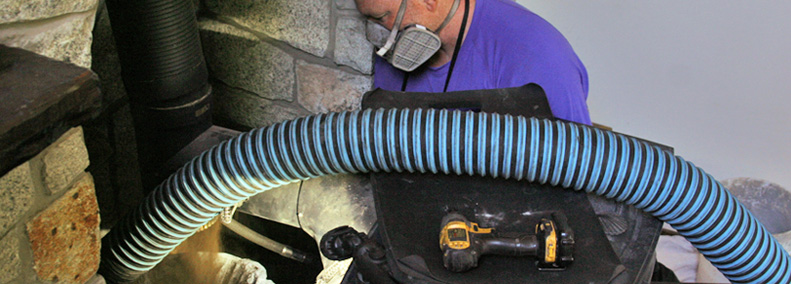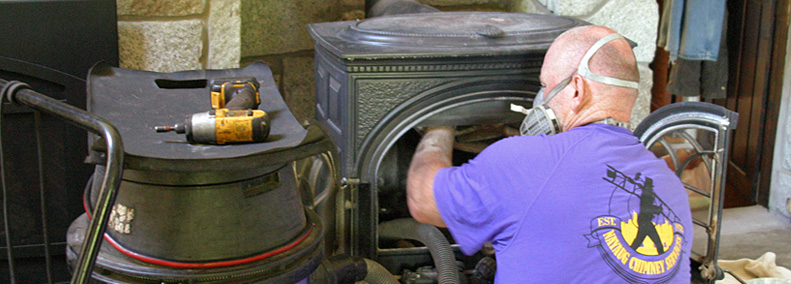08.28.13
Why and How to Minimize Creosote Buildup in your Chimney
 Anytime a fireplace is used, creosote is deposited in the chimney lining or flue. Since creosote is highly flammable and probably creates the biggest potential hazard when using a fireplace, it’s wise to try and minimize the amount of buildup that occurs. Failure to remove creosote from the flue can result in a deadly chimney fire, according to the National Fire Protection Association (NFPA).
Anytime a fireplace is used, creosote is deposited in the chimney lining or flue. Since creosote is highly flammable and probably creates the biggest potential hazard when using a fireplace, it’s wise to try and minimize the amount of buildup that occurs. Failure to remove creosote from the flue can result in a deadly chimney fire, according to the National Fire Protection Association (NFPA).
The NFPA was established in 1896, and the mission of this nonprofit organization, in part, is to cut down on the worldwide burden of fire. Across the globe, the NFPA is the leading advocate of fire prevention and is an authoritative source which develops consensus codes to reduce the possibility of fires. Among their recommendations backed by careful research is to have chimneys inspected annually for the purpose of determining whether creosote buildup has reached dangerous levels.
Why Minimize Creosote
Creosote has three stages. As each stage increases, they become more hazardous and are increasingly difficult to remove from the flue.
Stage 1 – The first stage of creosote is like flaky soot that is easy to brush away with a basic chimney brush.
Stage 2 – Creosote in the second stage can be described as shiny, hard black flakes. The flakes actually contain hardened tar that is not easily brushed away, but it can be removed without extreme measures. The most popular method for removing creosote in the second stage is with a rotary loop. A powerful drill turns metal rods that get the job done.
Stage 3 – Third-stage creosote is something to be avoided. Not only is it extremely difficult to clean, it is a highly concentrated fuel that resembles a coating of tar dripping down inside of your chimney liner. This type of glazed creosote can become very thick as it hardens and is repeatedly recoated with another layer. A hot fire can easily ignite this type of creosote, which is extremely hazardous. If stage three creosote catches fire, it becomes easy to remove because it leaves behind a spongy residue. But, a chimney fire can too easily lead to a house fire because the intense flames often cause a fire on the roof or damage the flue, causing combustible parts of the home to ignite. Many times, it is best to replace a chimney liner if it is coated with stage three creosote. There are chemical removers that are sometimes fairly effective. A rotary head with chains can remove the hardened tar, but it can also cause broken flue tiles to become obvious, in which case the procedure is blamed for the damage.
How to Minimize Creosote
Obviously, it is best to deal with creosote in the first stage rather than more advanced stages. The following are tips to minimize creosote buildup:
- Avoid burning fires that are slow and smoldering because the combustion by-products – rather than being burned in a hot, clean fire – go up the flue and contribute to the collection of creosote deposits inside.
-

Firewood should be allowed to dry for at lease six months to ensure that it is suitable for burning.
Do not burn newly cut, unseasoned firewood. It typically takes between six months and one year for cut wood to get to a low moisture content.
- Do not burn artificial packaged logs in your fireplace or your woodstove, since they leave a large amount of creosote deposits.
- Burn hot fires that have plenty of air. Fireplace inserts and wood stoves with glass doors can cause a restriction of air flow which leads to deposits of second-degree creosote.
- When a chimney is on the outside of the house or in any other way is not insulated sufficiently, it can be difficult to warm the air inside the flue, causing poor combustion in the fire, a greater amount of creosote buildup, and a smoky fireplace.
Contact our chimney professionals today for a chimney inspection and cleaning, to remove dangerous creosote deposits.
Northeastern Chimney, Inc.
formerly Nayaug Chimney Services, LLC
37 Cody Street, West Hartford, CT 06110
Phone: 860-233-5770

 Tap to Call Now
Tap to Call Now